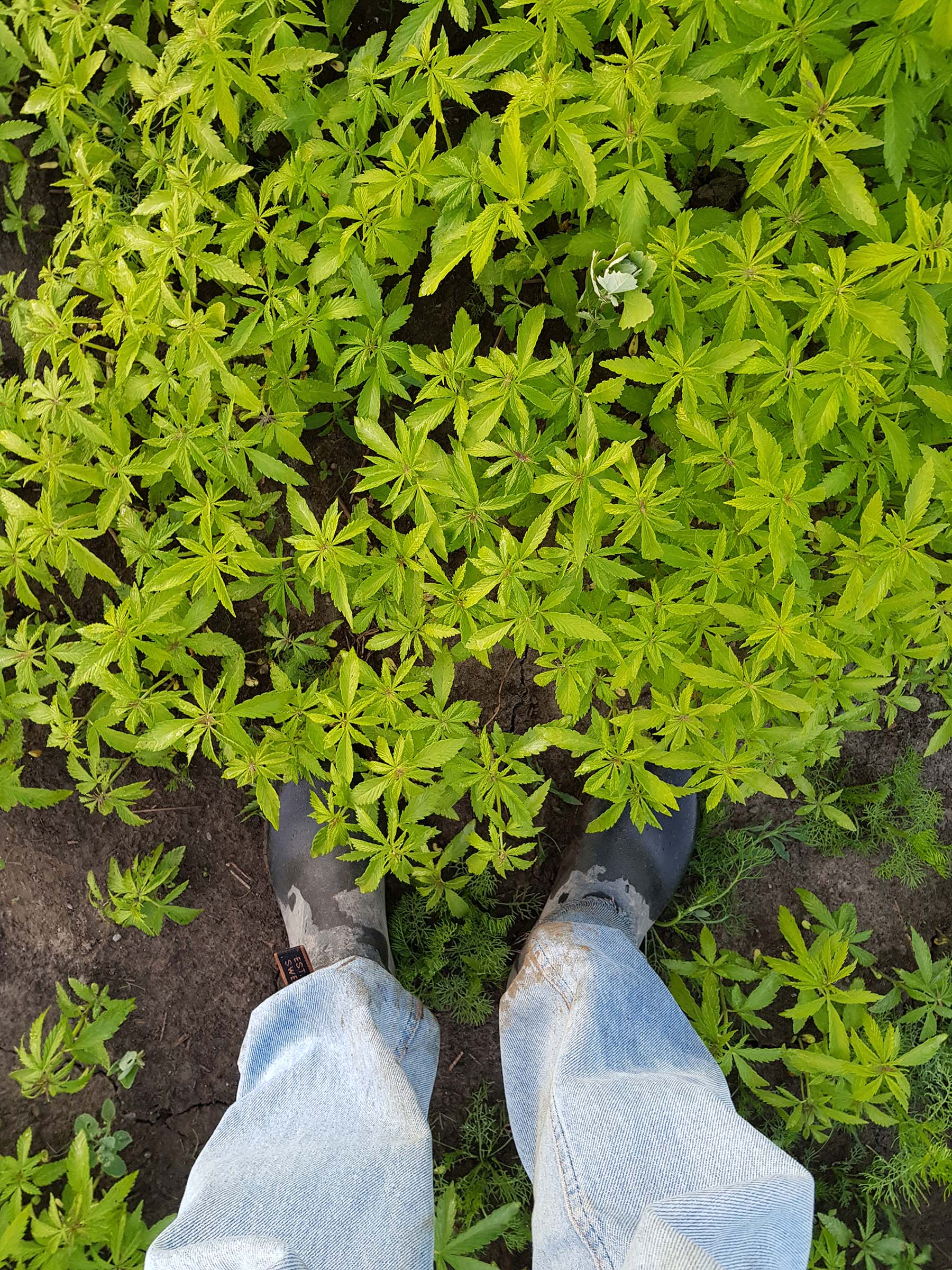Sergé de Helsinki is a study on denim that aims in making a pair of jeans independently from growing the fiber (hemp) and indigo plants (woad) for the blue dye.
“On any given day, nearly half the world’s population is wearing blue jeans” [1]
I began the process based on these findings:
- Although my educational background is in fashion design, I do not know in practice how fiber is extracted and made into yarn.
- In history, everyday commodities like fabrics were often named by the place they were made. Today production chains are scattered around the world making it impossible to name one place of origin.
- Growing fiber, processing it to yarn, and eventually to a piece of clothing locally on a small-scale with traditional methods is economically inefficient and therefore unnecessary in our society.
- Blue jeans used to be utilitarian workwear, but today they are the cornerstone of the global wardrobe.
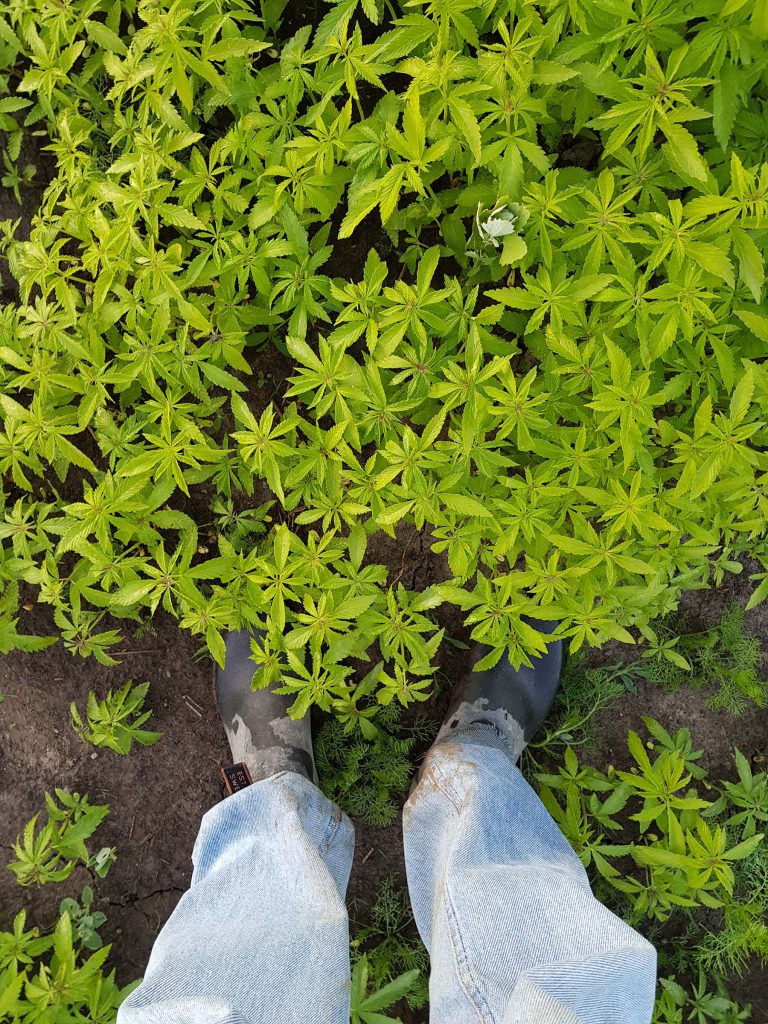
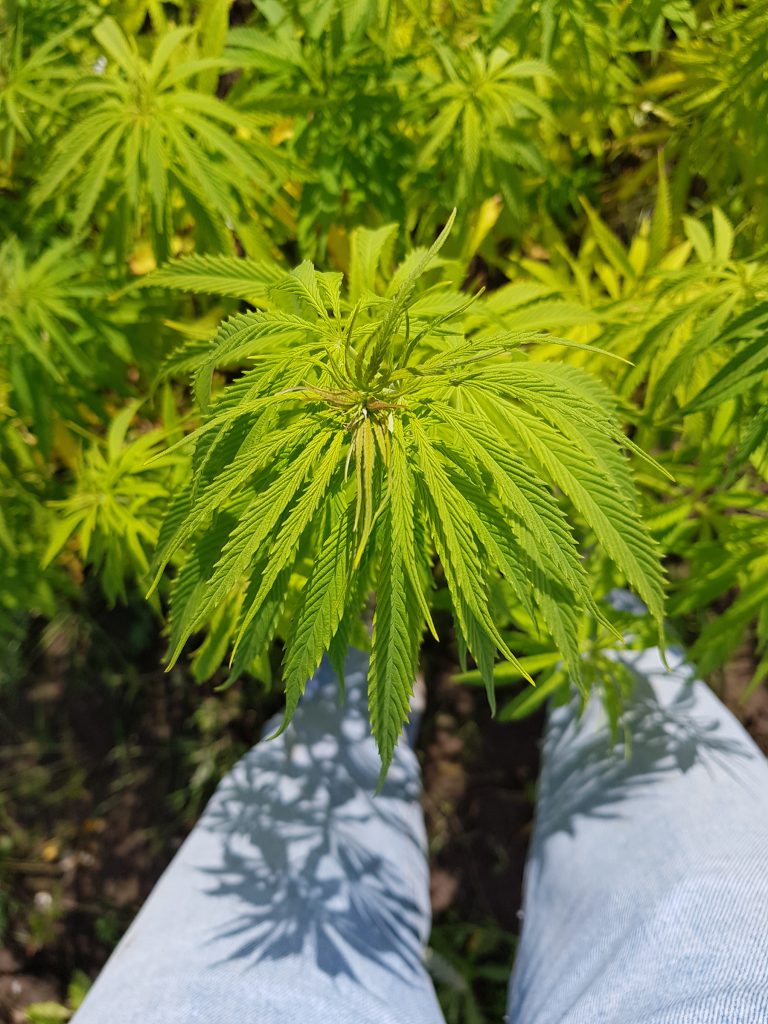
The process examines critically how hemp and woad plants are transformed into a more useful form as jeans, ergo an article of commerce.
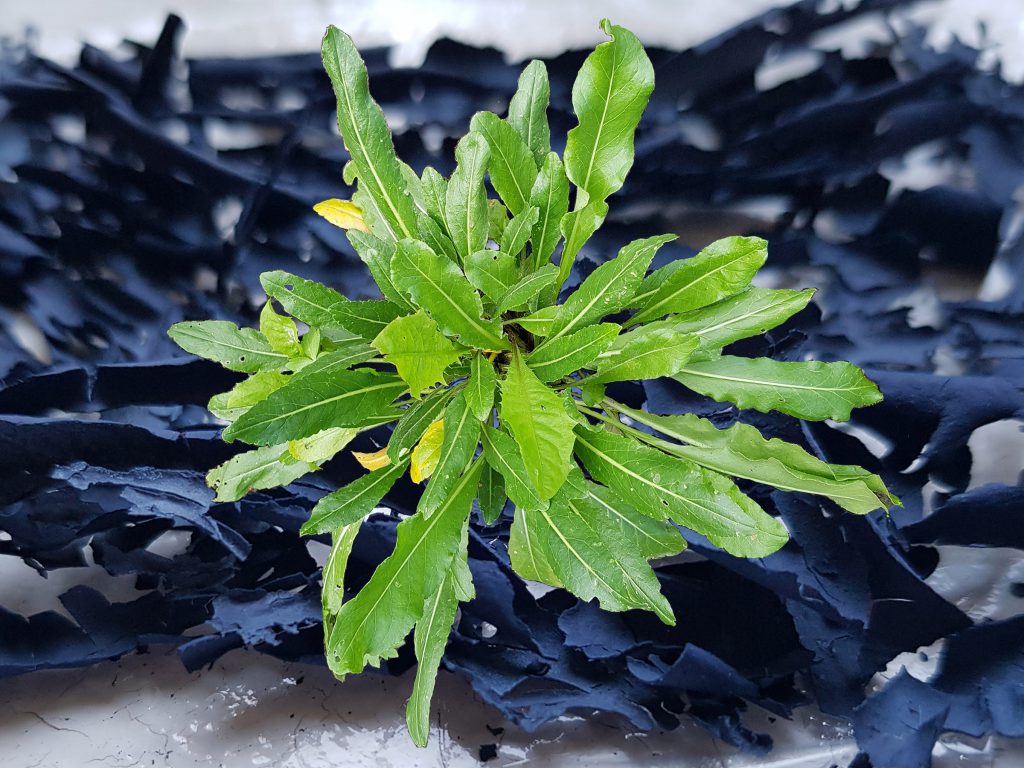
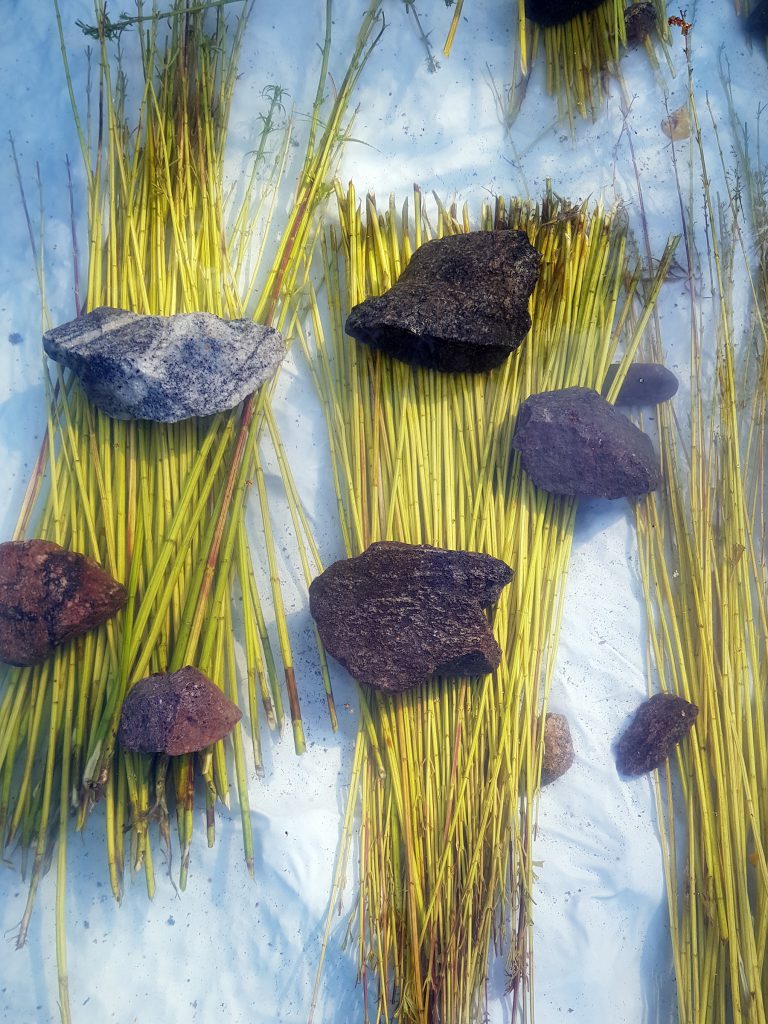
Supported by: The Finnish Cultural Foundation
References:
[1] Daniel Miller, Sophie Woodward, 2012. Blue jeans: the Art of the Ordinary. Berkeley: University of California Press cop.

